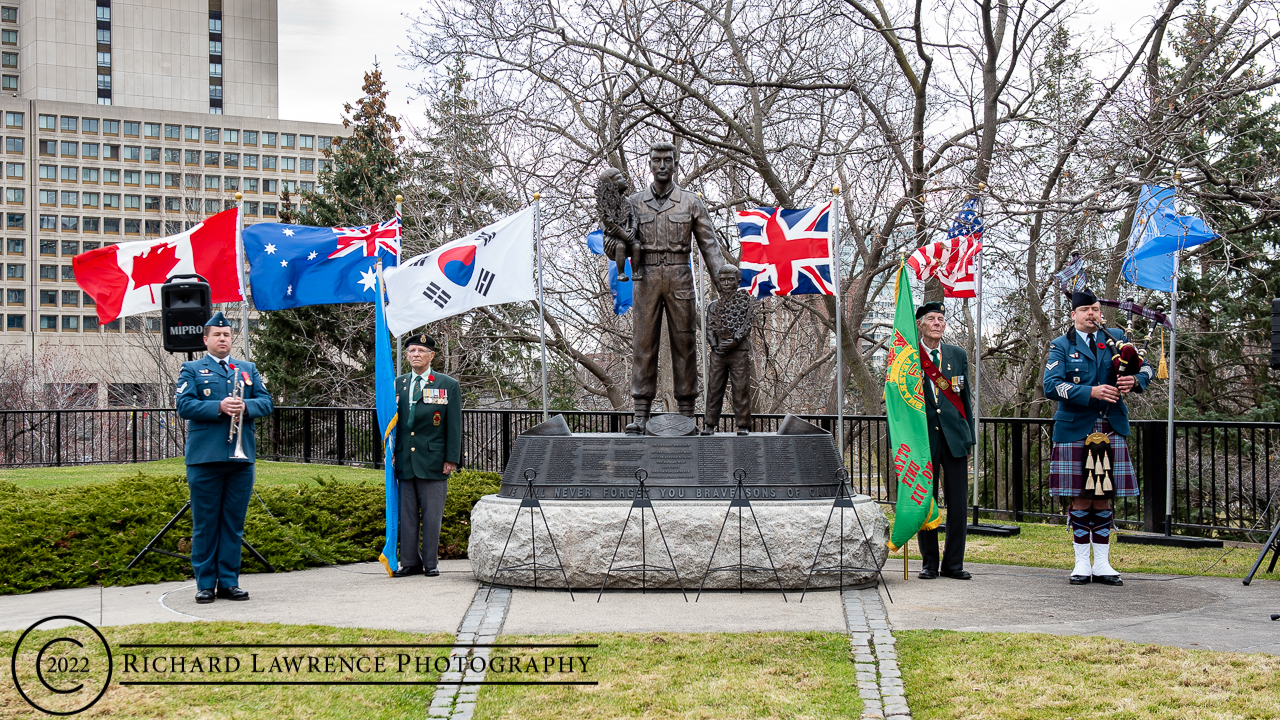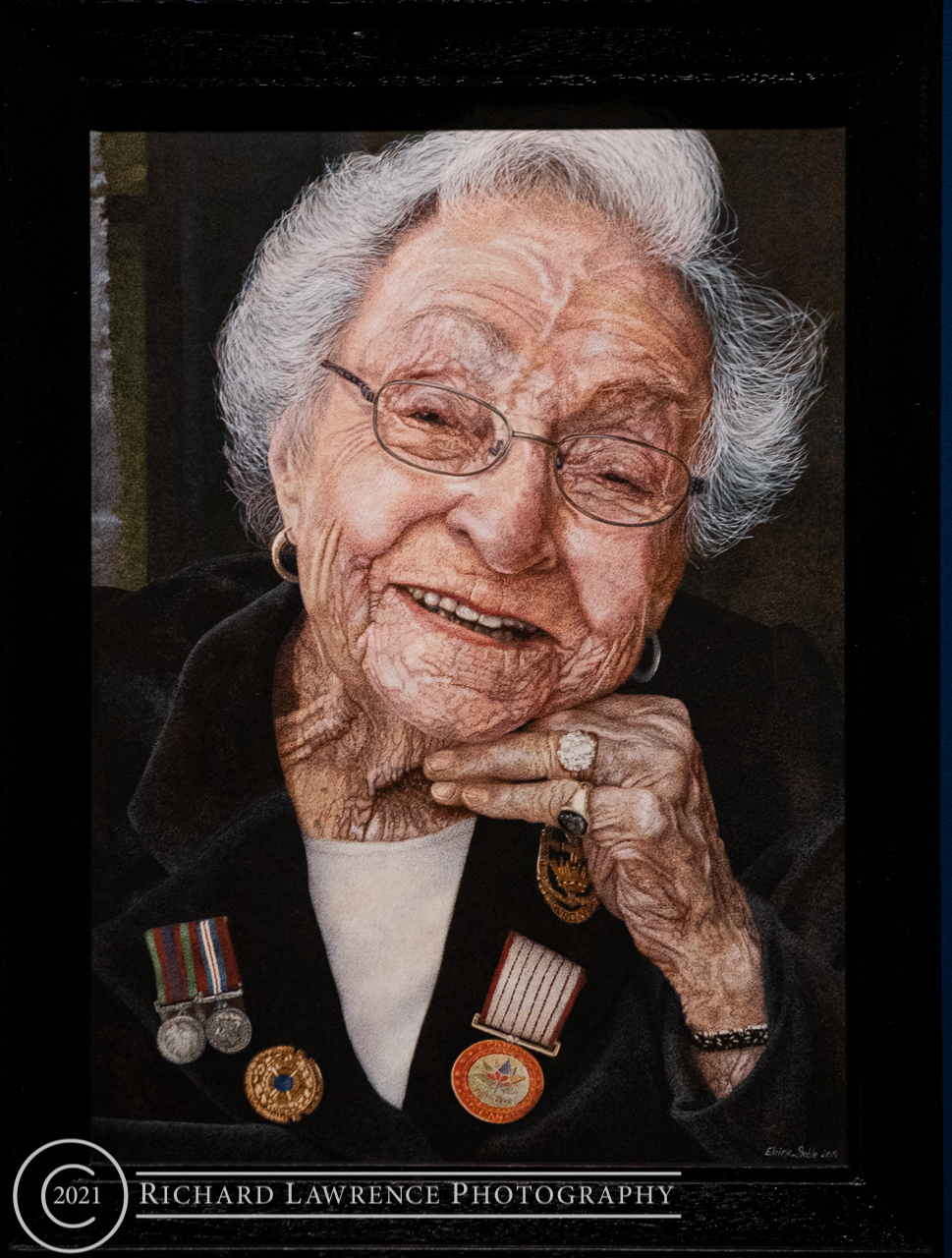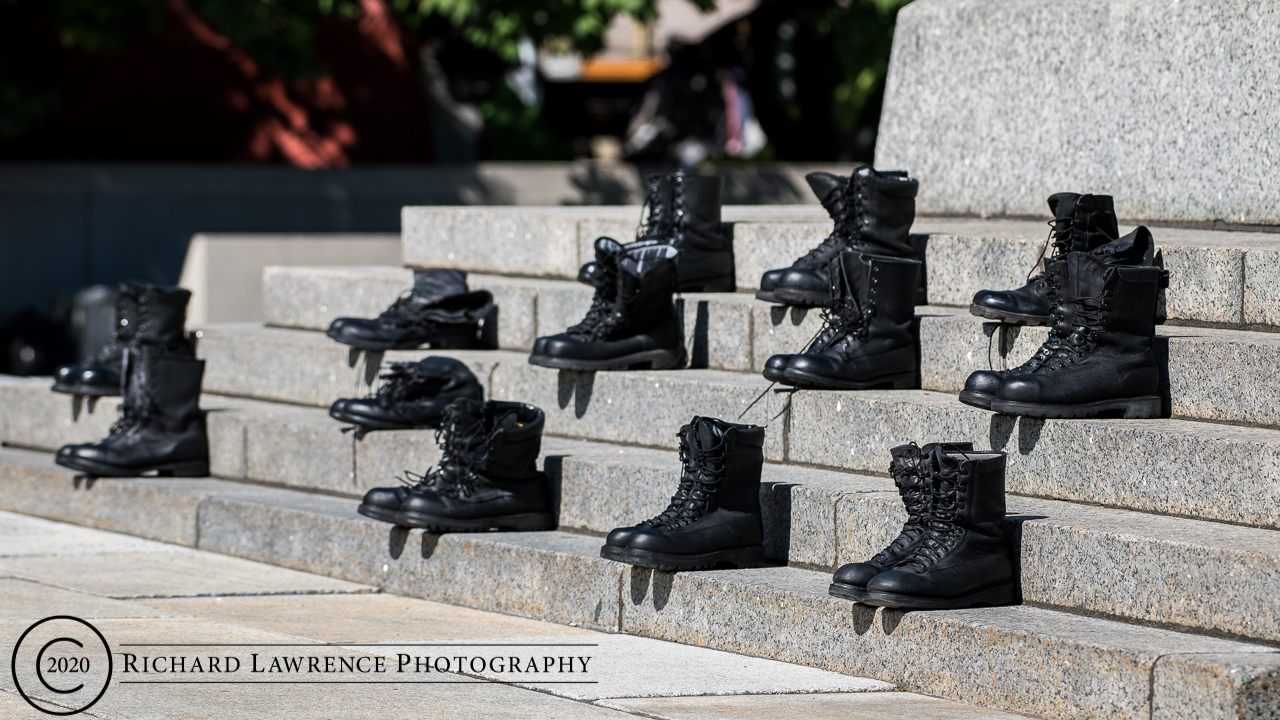Every weapons system is composed of three parts: the weapon, the delivery system, and the operator. For handguns the weapon is the bullet, the delivery mechanism is the gun itself, and the operator is the person who makes the decision to fire the bullet. During World War II (WWII) the most destructive weapon of the war was the atomic bomb. That was the weapon. The operator was the President of the United States and the delivery system was the Boeing B-29 Superfortress bomber. For the last week, one of only two remaining flying B-29 bombers was in town at the Gatineau Executive Airport and, with the assistance of Vintage Wings of Canada, was open to the public for viewing. For those with a little extra cash a half-hour flight could be purchased as well.
The B-29 is called “FIFI” and belongs to the Commemorative Air Force (CAF) from Texas and, as mentioned, is one of only two examples of this aircraft left flying in the world today. The B-29 was first flown in 1942, entered into service in 1944, and was retired in 1960. It was used in the Pacific theatre during WWII but also in Korea later. The B-29 project cost over $3 billion dollars and was the most expensive military project of the war, exceeding the cost of the atomic bomb by approximately $1.5 billion dollars. At the end, they had created a high-altitude bomber that was not very good at high-altitude bombing and was plagued by engine problems.
It could carry 20,000 pounds of bombs (at low altitude) or be modified to carry an atomic bomb (Silverplate variant), had a service altitude of 33,000 feet cruising at 190 knots (max speed 310 knots), for 3250 miles combat range or 5600 miles ferry range with a crew of 11. The B-29 was state of the art in its time and brought interesting innovations to the bomber world. Of those innovations, the most important are that it was pressurized, that it used analogue computers for firing computations, and had a remote controlled firing system controlling five turrets of dual .50 calibre browning machine guns.
During WWII bombers were unpressurized meaning that the crews were subject to the cold of high altitude and had to wear oxygen masks above 10,000 feet. This made flying uncomfortable and the risk of hypoxia high. Once the airframe was pressurized, the crew could work in a better environment and not have to wear oxygen masks. The only problem was how does one open a bomb bay for the bomb drop or use machine gun turrets, which are all open to the outside, and still maintain the pressurization?
The answer to the first issue, the bomb bays, was to divide the aircraft into compartments with the fore and aft bomb bays open to the air and the flight deck, rear aircraft, and tail gunner positions pressurized and separated from the bomb bays by pressure bulkheads. This maintained the integrity of the pressurized areas while allowing the bombs to be dropped from high altitude. The flight deck and aft pressurized compartments were linked together by a pressurized tube which spanned the gap of the bomb bays and through which aircrew would have to crawl if they needed to get to the other area. The tube is very small (rough guess about 24 inches wide) so you couldn’t be very big if you wanted to get through.
The second problem of the machine guns needing access to open air was solved by two systems: unmanned .50 calibre machine gun turrets and a computer controlled remote fire control system utilizing advance sighting systems and analogue computers. It worked by having low profile gun turrets, unpressurized and separated from the pressurized compartments, on the aircraft with gunner positions in the nose, tail, and three blisters in the centre fuselage at which gunners sat with gun sighting systems integrated with the computers. When the B-29 was attacked, the gunners would use the sighting systems to track their target aircraft and the computer would then figure out a firing solution compensating for airspeed, gravity, temperature, humidity, and distance to lead the target, automatically move the machine guns into position, and the gunner would fire. On top of this, the control system allowed a gunner to relinquish control of his turret to another gunner so that the second gunner could bring more fire to bear on his targets allowing for idle guns to be more effective. For example, if the left side gunner had no targets but the right side gunner was heavily involved, left side could give right side control of his gun and right side would double his fire power. The computer would figure out the firing solution for both so bullets from both guns converged on the target. It was so effective that they stopped sending fighter escorts with the B-29s with one report from a mission over Kyushu, Japan, indicating that one crew had beat off 79 fighters and killed 7 of the enemy.
The Russians also had a B-29 variant, the Tupolev Tu-4. During WWII, some American pilots on missions against Japan had to make emergency landings in Russia and, although the aircrew got home (not easily) the airframes were never returned. The Russians took the airframes and reversed-engineered the aircraft to become the Tupolev Tu-4.
FIFI’s history, unfortunately, was not that glorious. She was built in 1945, served as an administrative aircraft for a while and was then put into desert storage. She was reactivated from 1953-1958 until she was again retired, this time being placed in the China Lake Naval Air Weapons Station, Calif., with 35 other B-29s. During her stay at China Lake, she was subjected to desert heat, sand, vandalism, and was used for gunnery practice. By accident, it was noted that there were B-29s on station and the Commemorative Air Force (then called the Confederate Air Force, or CAF), once notified, went into action. In March, 1971, they acquired the best airframe of the 36 and then spent nine weeks scavenging parts from the other 35 B-29s to make her airworthy enough to ferry the 1,250 miles, six-hour and 38-minutes flight to Texas. Once down in Texas with the CAF, she underwent extensive restoration for three years joining the CAF in 1974. She flew until 2006 when she was grounded for a three million dollar engine overhaul that lasted until 2010. She has been flying and touring since 2010.
During the tour of the airplane Stuart Watkins, of the B-29 aircrew, noted that the ailerons of the bomber were still made out of fabric even though the rest of the aircraft was metal. He also pointed out the flaps on this monster stretch over a third of the wing length, including the rear of the engine nacelle, and comprised over 20% of the wing surface. He stated that this allowed the B-29 to be landed at under 100 mph. When looking at the cockpit, he asked guests to look out the forward glass of the distinct B-29 nose. Then he asked people to think back to the Star Wars movies and envisage what it looked like when the Millennium Falcon jumped into hyperspace and asked them to compare the visual of the movie to looking out the B-29 nose. It is the same visual as the Star War movie makers used the B-29 nose structure for the concept of the hyperspace jump. As a last piece of information, Don Boccaccio, also with the FIFI team, mentioned that FIFI itself was not pressurized due to costs and weight, and while not a problem for most flights, crossing the Rockies or other high altitude flights were an issue and they had to be very careful.
So, like all veterans, the numbers of veteran military equipment is slowly disappearing. The Arizona Branch of the Commemorative Air Force will have a North American B-25 Mitchell bomber at Gatineau during the week of 5th – 8th August, 2018, with static display and flights for sale. The B-25 was an aircraft that was used by the RCAF so it’s a rare chance to see a part of history, to see a part of Canada’s history, and make a little of your own history.
To see all the pictures, CLICK HERE
=================================================






















